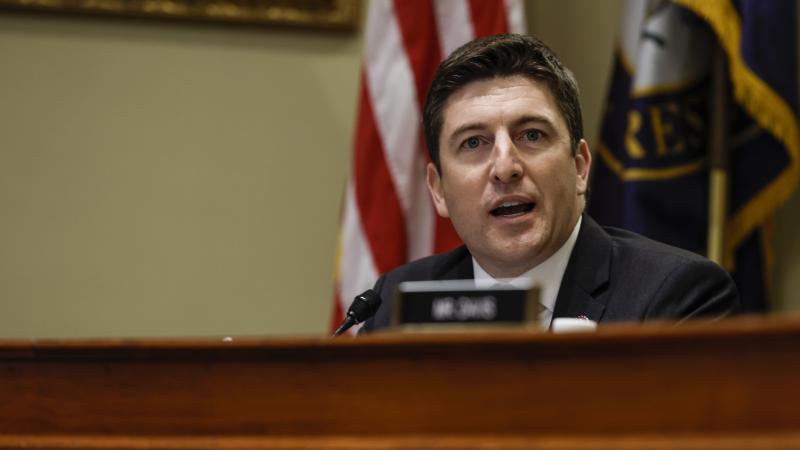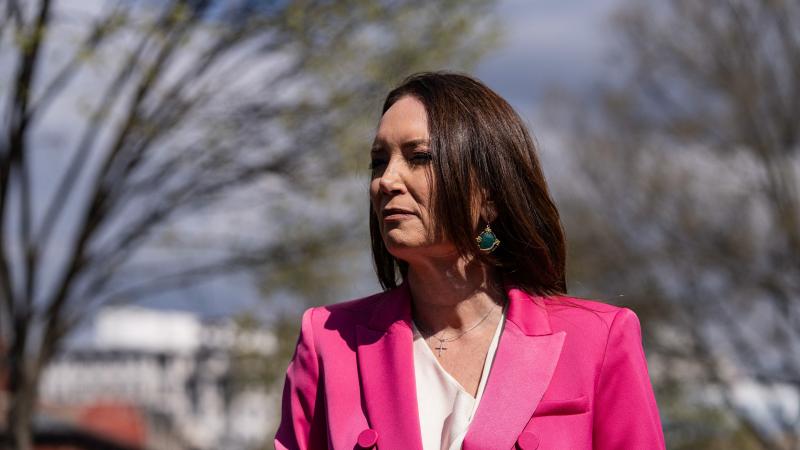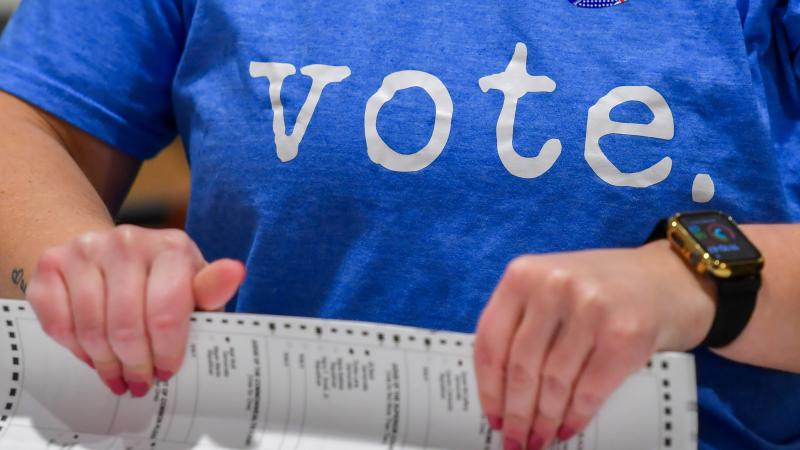Low police, victim participation in violent crime reporting undermines Dem cities touting declines
Some experts say the National Crime Victimization Survey is more accurate than FBI numbers because less than 50% victims report violent/property crimes to police
After suffering alarming spikes in violent crime, some cities are now reporting better news. Washington, D.C., is reporting a 35% decrease in violent crime for 2024. That’s after a 39% increase in crime in 2023 and the most murders in 25 years.
But how likely are we to get at the truth when it comes to crime statistics?
Questions were raised about possible manipulation of the number when the FBI released its annual crime data in 2023, going into the election year. The statistics showed a 2.1% decrease in violent crime in 2022 under the Biden administration.
To many, the good news seemed to fly in the face of the reality visible on the ground. But this past fall when then GOP presidential nominee Donald Trump raised the issue in his debate against Democrat rival Vice President Kamala Harris, a moderator un-skeptically declared the FBI stats to be the final word.
"Crime here is up and through the roof despite their fraudulent statements that they made, crime in this country is through the roof," Trump said at the Sept. 10, 2024, debate in Philadelphia. "And we have a new form of crime and it’s called migrant crime. And it’s happening at levels nobody thought possible."
Debate moderator David Muir of ABC News interrupted: "President Trump as you know the FBI says that overall is actually coming down in this country."
Trump responded: "Excuse me they were defrauding statements. They didn’t include the worst cities. They didn’t include the cities with the worst crime. It was a fraud."
Trump may have known something the debate moderator didn’t, according to John Lott, a crime data analyst and former senior adviser for Research and Statistics in the Justice Department, which oversees the FBI.
He says the FBI crime stats shouldn’t be taken alone at face value, especially after a big change that occurred right after President Biden took office.
"Starting in 2021, they had a new system for reporting this data to the FBI from police departments around the country,” Lott tells me. "In 2020, 97% of police departments reported data. In 2022, 31% of police departments didn't report any crime data to the FBI another 24% only partially reported data. So you had less than half of police departments in 2022 and 2021 reporting complete crime data to the FBI. That's a huge sea change."
Where there are gaps in data, Lott says FBI does attempt to fill in the blanks. But he says the agency doesn’t do a very good job at guessing.
He points to two distinct databases that he says should reflect similar trends but have produced impossibly opposite results: the FBI statistics and the National Crime Victimization Survey, which tries to capture additional crimes that people don’t officially report.
“The reason why we have this national crime victimization data is we know most crimes aren't reported to police,” Lott says. "About 40% of violent crimes are reported to police. About 30% of property crimes are reported to police. Before 2020, those numbers tended to go up and down together, the reported and the National Crime Victimization data.
Since 2020, they've been going in completely opposite directions. So for example, in 2022, while the FBI showed a 2% drop in violent crime, reported violent crime, the National Crime Victimization data showed a 42% increase in violent crime. That's the largest yearly increase we've ever seen in that measure. And that's going back 50 years."
To punctuate the point, after the Trump-Harris debate, Lott discovered the FBI quietly revised its 2022 figures from a 2.1% drop in violent crime to a 4.5% increase. That makes a total rise of 6.6%. That includes 80,000 violent crimes that had gone uncounted: 33,000 additional robberies, 37,000 extra aggravated assaults, 7,000 more rapes, and 1,700 added murders.
I asked the FBI what accounted for the correction in their violent crime stats for 2022: Did the agency undercount violent crime? I also asked why FBI trends are opposite The National Crime Victimization Survey? They didn’t answer those questions but said there will be increasing transparency. And they say that big cities like New York and Los Angeles resumed reporting their crime statistics to the FBI in 2023, when the FBI claims, again, that violent crime went down.
For more on this story, watch "Full Measure with Sharyl Attkisson” Sunday. Attkisson's most recent book is "Follow the Science: How Big Pharma Misleads, Obscures, and Prevails."














